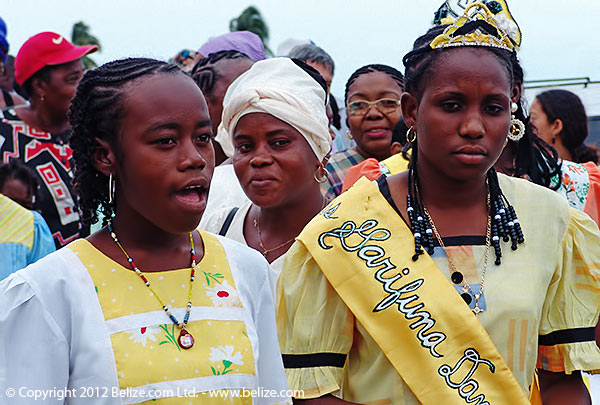Facts
Garifuna
Background:
The Garifuna are the indigenous people of St. Vincent, now mainly found in Honduras and Belize. They have a complex ethnic make up due to the socio-political environment overtime.
Arriving long before the first European hit North American, the Garifuna migrated around 1200 and either conquered, displaced or assimilated the Taino population that was there.
In 1635, they were overwhelmed by the French, and had to live under colonial rule, but refused to be laborers and work the plantations that were being developed. In short, they were never slaves. As a result King Louis authorized XIII authorized slaves to be captured and sent from Sub Saharan African.
In 1675, African arrived on the first ships, and this introduced the African people into the Carib Speaking indigenous that occupied the island of St. Vincent and resulted in intermarriage.
They revolted against French rule in 1660, and took heavy losses. The people who survived were exiled and or fled. The Caribs beat back multiple conquering attempts by the French and British in 1723. By 1748, both of them said Fvck it and called St. Vincent neutral territory. Throughout this time Africans continued to arrive, and formed the ethnic basis of African and Indigenous people that we see today.
Food, Language, Culture
The Garifuna still maintain their own language, which is an offshoot of the Island Carib language.
They have no official religion, but have many practices similar to Voodoo rituals and Mystical practices of other African descendants.
In 2001 UNESCO proclaimed the language, dance, and music of the Garifuna as a Masterpiece of the Oral and Intangible Heritage of Humanity in Nicaragua, Honduras, and Belize. – Wikipedia
The most famous music is Punta which is heavily drum influenced. The drumming is amazing and they can drum for hours, mixing in different people and not missing a beat.

